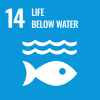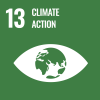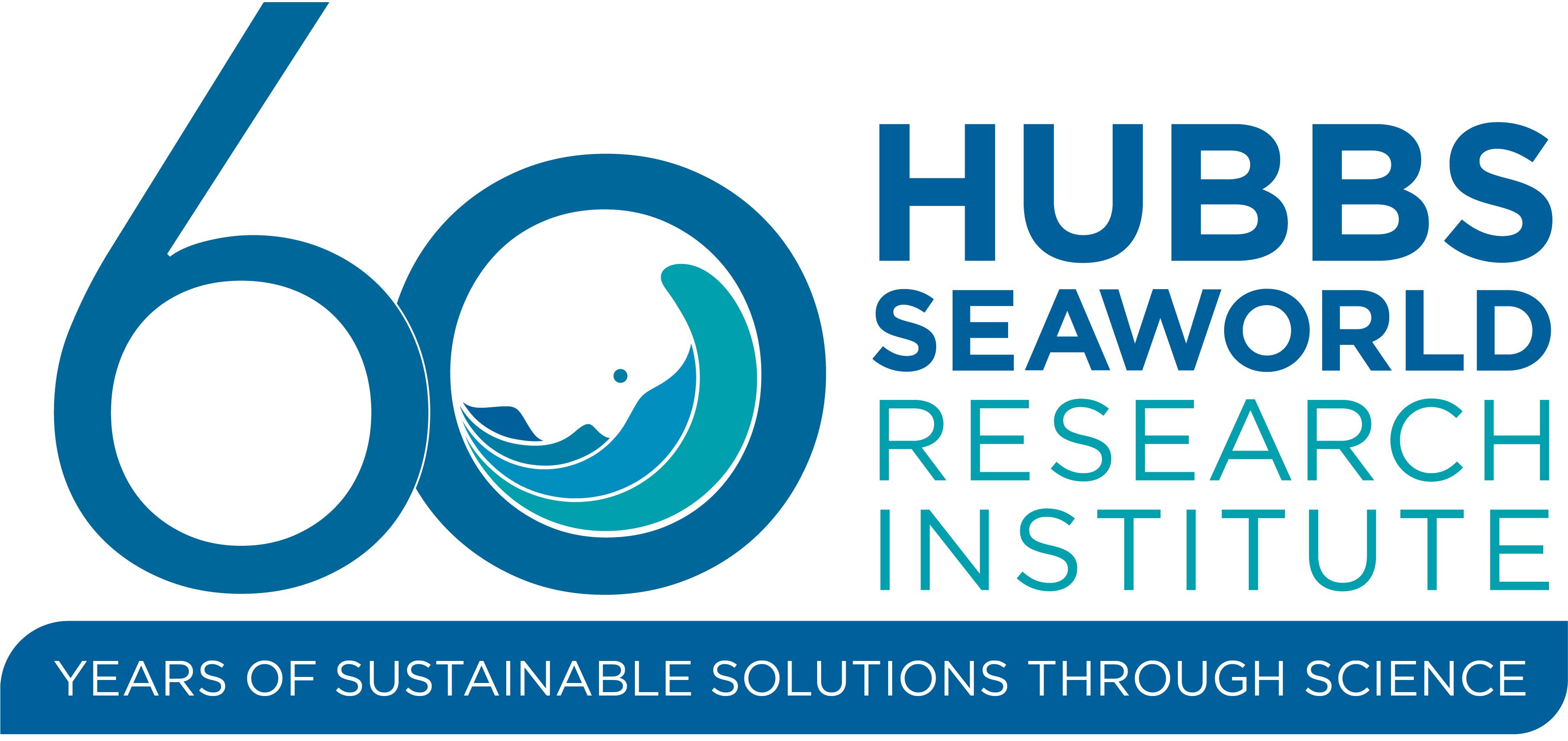
Boat surveys of dolphin populations

 Our team is committed to monitoring dolphin health and distribution along the east coast of Florida including the Indian River Lagoon and the Halifax River Estuary. Vessel-based survey efforts provide abundance estimates that are critical to monitoring and managing dolphin populations that are consistently exposed to unexplained mortality events and increasing prevalence of human impacts. Likewise, our efforts expand our knowledge of distribution patterns, habitat usage, social structure, calving success, as well as the impacts of human activities on local dolphins. These factors are critical for the management of local estuarine dolphins.
Our team is committed to monitoring dolphin health and distribution along the east coast of Florida including the Indian River Lagoon and the Halifax River Estuary. Vessel-based survey efforts provide abundance estimates that are critical to monitoring and managing dolphin populations that are consistently exposed to unexplained mortality events and increasing prevalence of human impacts. Likewise, our efforts expand our knowledge of distribution patterns, habitat usage, social structure, calving success, as well as the impacts of human activities on local dolphins. These factors are critical for the management of local estuarine dolphins.
Related Publications:
Durden, W.N. 2005. The harmful effects of inadvertently conditioning a wild bottlenose dolphin (Tursiops truncatus) to interact with fishing vessels in the Indian River Lagoon, Florida, USA. Aquatic Mammals 31(4): 413-419.
Greenfield, M.R., Durden, W.N. Jablonski, T.A., Moreland, L.M, Fabry, A.C, Gemma, L.Y., and Clifford, H.H. In press. Associates from infancy influence post-weaning juvenile associations for common bottlenose dolphins (Tursiops truncatus) in Florida. Journal of Mammalogy
Nekolny, S.R., M.D. Denny, G. Biedenbach, E.M. Howells, M. Mazzoil, W.N. Durden, L. Moreland, J.D. Lambert, and Q.A. Gibson. 2017. Effects of study area on home range estimates of common bottlenose dolphins Tursiops truncatus. Current Zoology zox049.
Noke, W. Interactions between the Indian River Lagoon blue crab fishery and the bottlenose dolphin (Tursiops truncatus). Marine Mammal Science. 18: 819-832. 2002.
